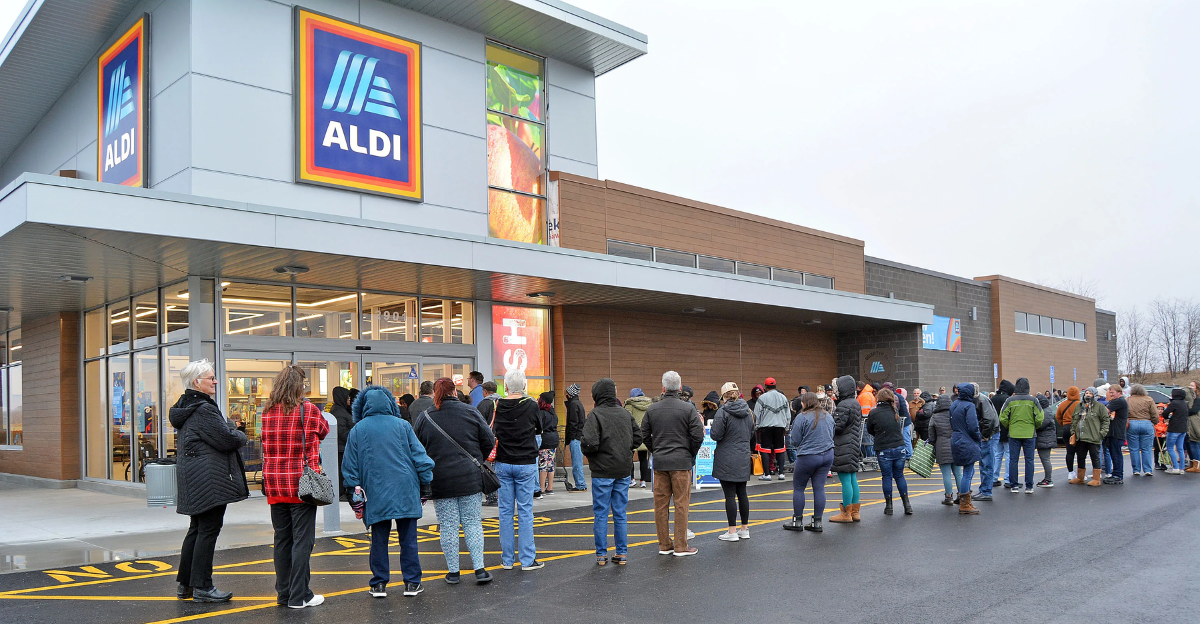
Ever wonder how Aldi keeps prices so low while everything else seems to be going up?
Groceries are eating into more budgets than ever. Families are cutting corners, swapping brands, and rethinking how they shop, all just to make ends meet. And yet, Aldi keeps chugging along with prices that almost feel stuck in time.
It’s not a fluke. Aldi’s entire model is built around saving money, both for the company and the customer. From how they stock shelves to how many products they carry, every decision is about trimming the fat.
So what’s their secret? Turns out, there’s not just one.
Let’s dig into the nine ways Aldi keeps those carts full and receipts low.
1. Private Labels Rule the Aisles

Roughly 90% of Aldi’s shelves are stocked with private-label goods. That’s no accident. By skipping national brands, Aldi avoids big markups and negotiates directly with suppliers. Fewer middlemen means more savings.
Plus, running their own labels lets them buy in bulk, lock in better deals, and pass those discounts straight to customers.
2. Fewer Products, Bigger Savings
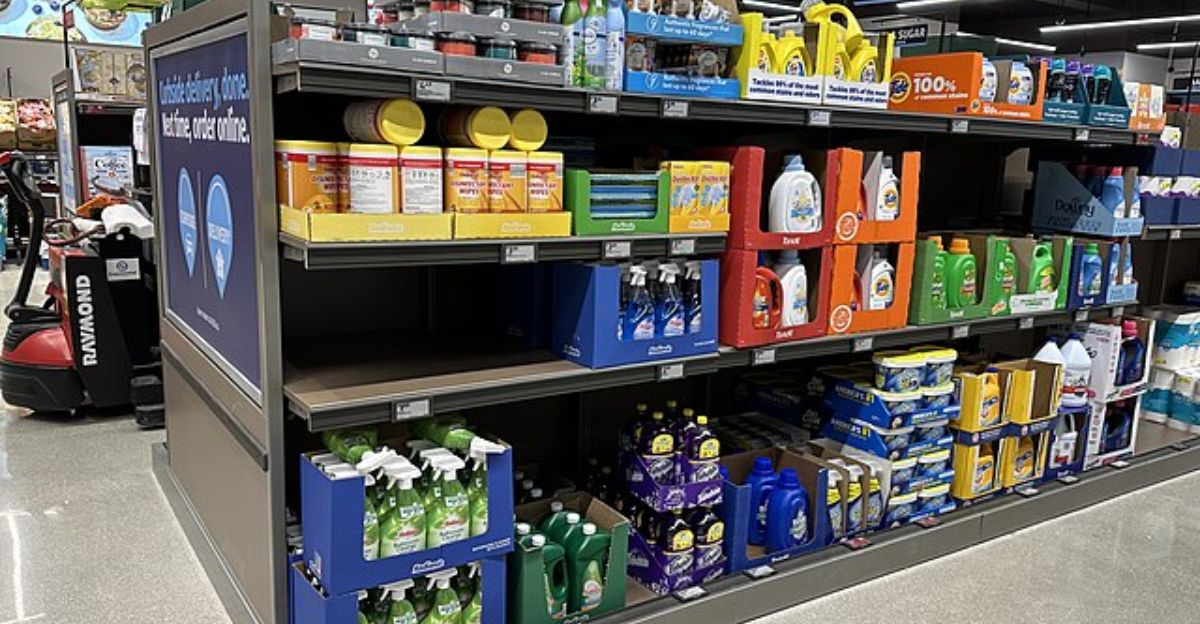
While big-name supermarkets offer tens of thousands of items, Aldi sticks to a tight list, just 1,600 to 2,000 core products. That narrow focus pays off. It means they can purchase large quantities of each item, simplify their operations, and cut waste. For shoppers, that adds up to lower prices across the board.
3. Stores Are Simple by Design
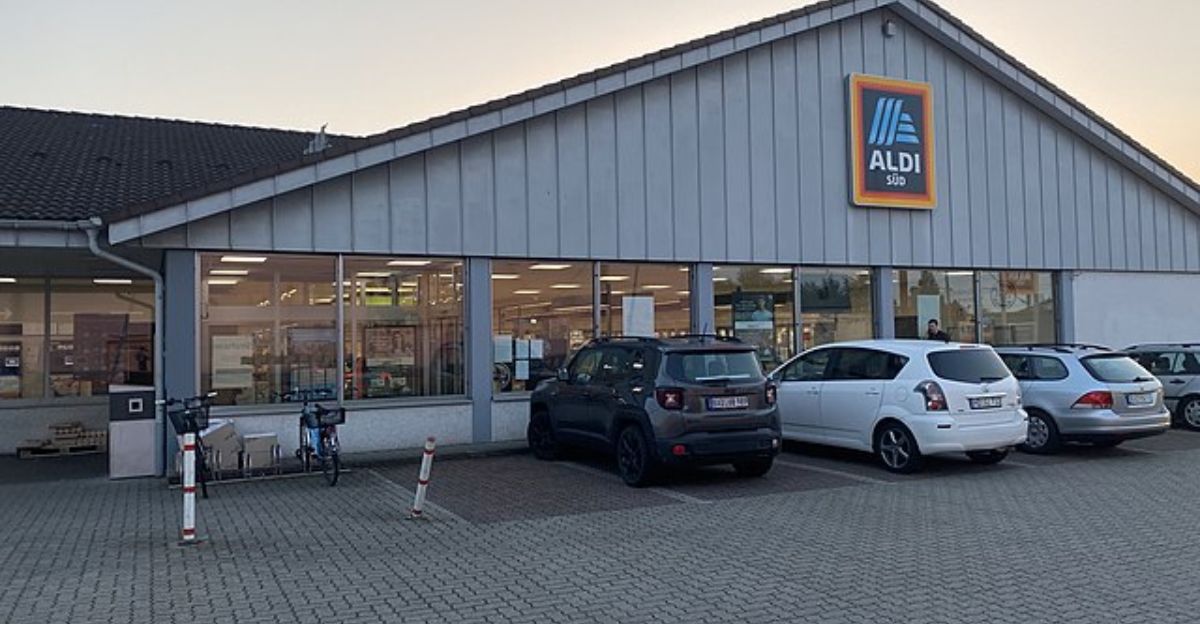
No polished floors, no in-store cafés, no catchy background tunes. Aldi’s stores are smaller, more efficient, and refreshingly no-frills. Products stay in their shipping boxes, and the layout is streamlined. This bare-bones setup slashes costs on everything from rent to lighting, and those savings show up at the checkout.
4. Small Staff, Big Efficiency
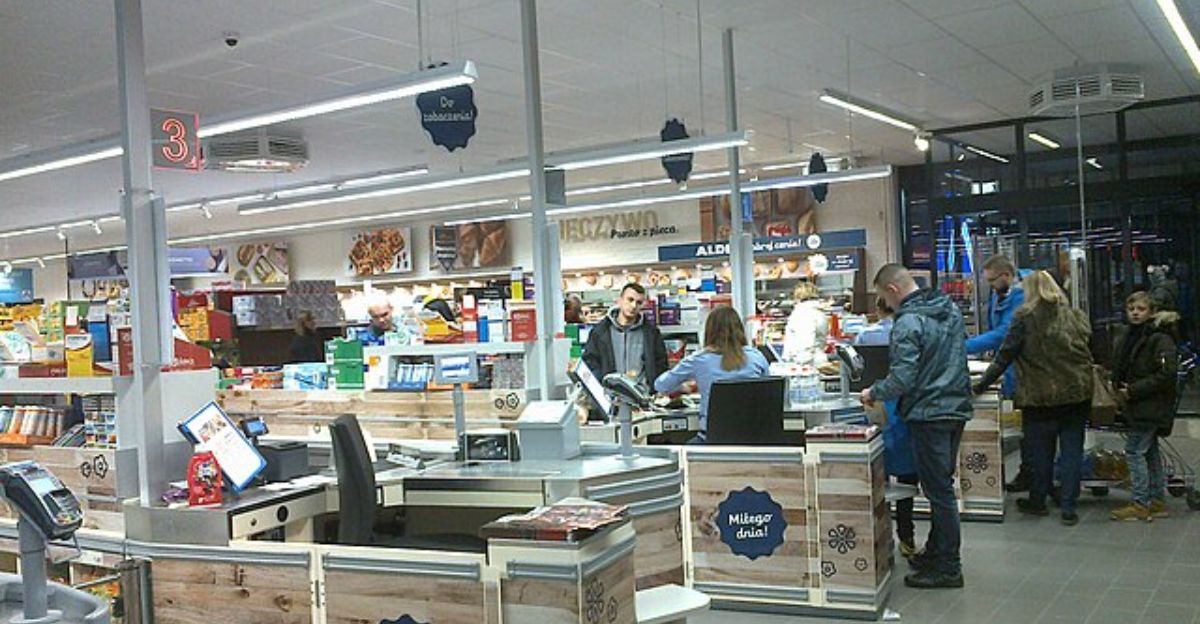
At Aldi, you won’t find a dozen people roaming the aisles. Most locations run on just three to five employees. These multitasking team members cover everything from ringing up groceries to stocking shelves.
With no baggers or cart attendants, Aldi keeps labor costs lean without cutting into service or quality.
5. Shoppers Pitch In
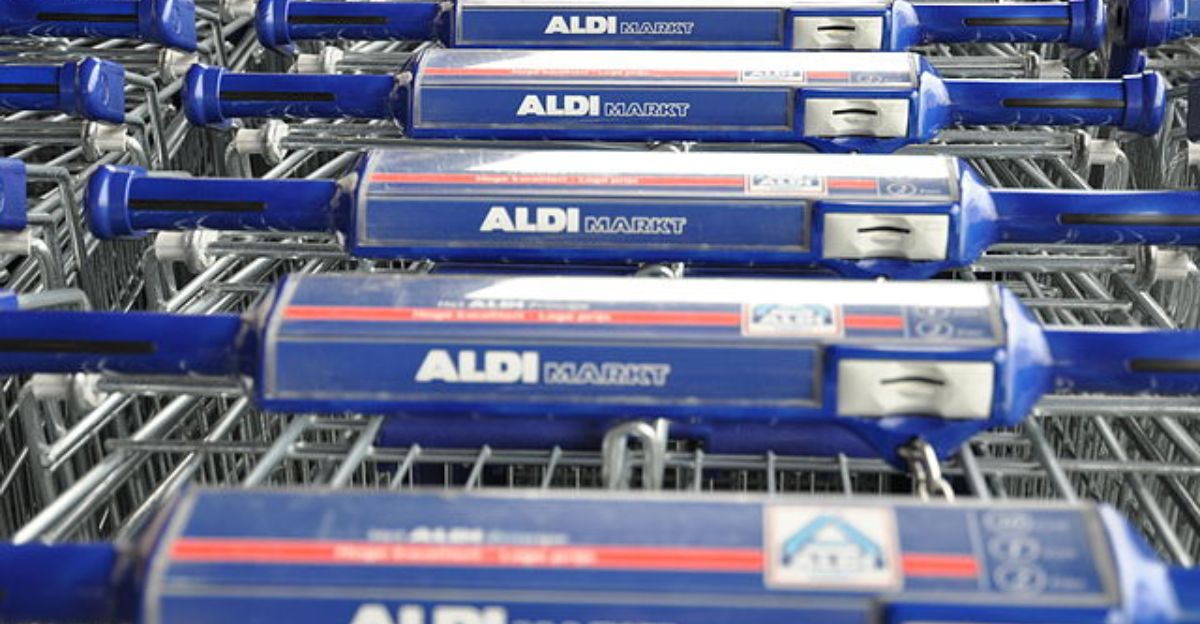
At Aldi, customers are part of the system. You bag your own groceries, return your own cart, and keep things moving. That coin-lock cart system? It’s not just quirky, it saves millions by cutting staffing needs. And for budget-savvy shoppers, it feels like a fair tradeoff.
6. Zero Loyalty Cards, Zero Hype

You won’t find loyalty apps, flashy promos, or big-budget TV ads here. Aldi counts on everyday low prices, and loyal word-of-mouth, to keep traffic steady. Without expensive marketing gimmicks or points programs, Aldi frees up more money to keep prices low where it matters most: the shelf.
7. Tech That Keeps Costs Down

Aldi leans into smart tech like digital price tags that update automatically. That means fewer paper signs, faster pricing changes, and less staff time spent on manual updates. Their tech-forward systems also streamline logistics and inventory, pushing costs down even further behind the scenes.
8. Local Sourcing, Smarter Supply Chains
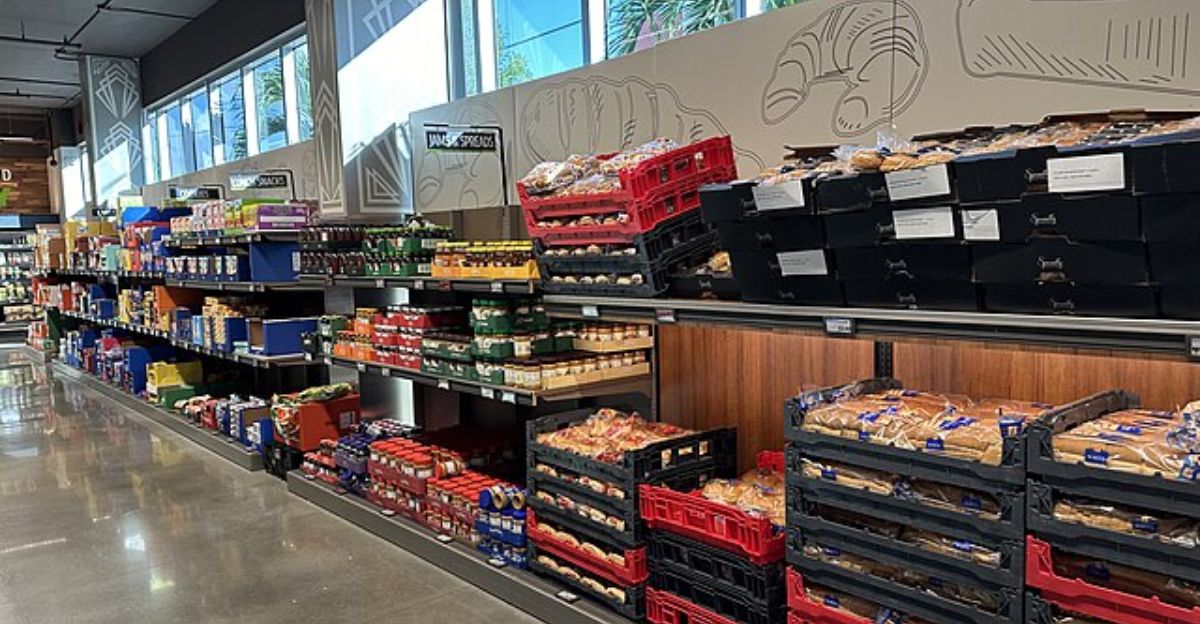
From fresh meats to pantry staples, Aldi buys much of its stock from regional suppliers. That shortens delivery routes, cuts spoilage, and boosts freshness, all while saving on transport costs. With fewer suppliers and direct relationships, their supply chain runs tight and smooth, keeping prices in check.
9. It’s All About the Essentials
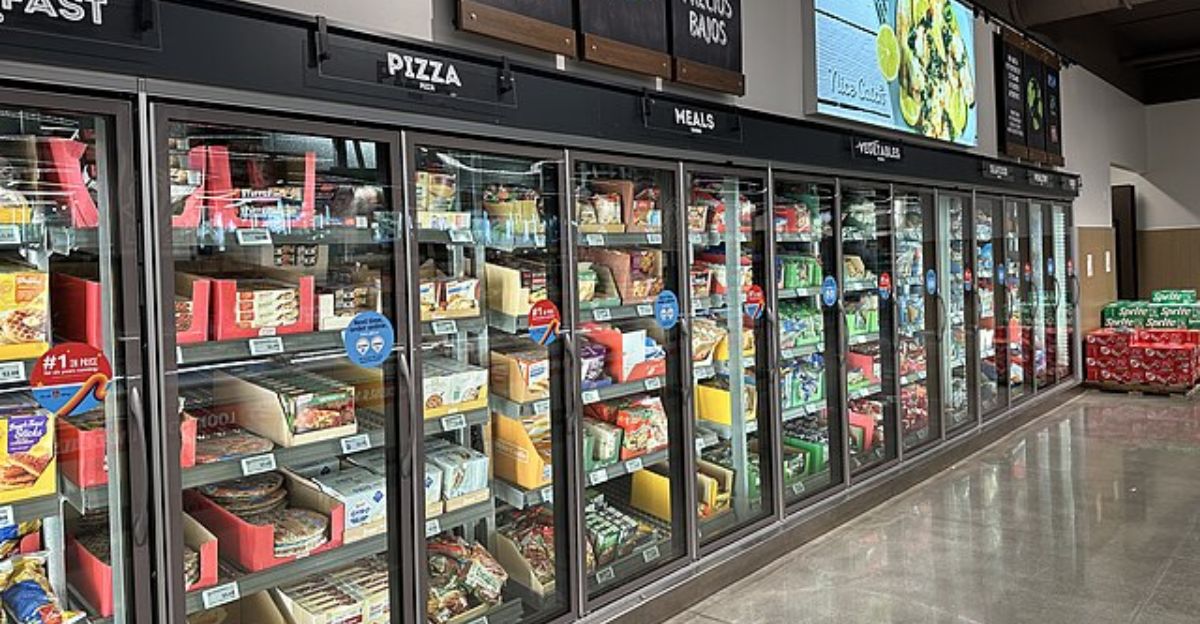
No bakery. No deli counter. No customer service desk. Aldi skips the extras in favor of a clean, self-serve experience. You won’t find in-store sampling or fancy frills. Instead, every dollar goes toward stocking shelves with affordable, high-quality groceries—and for most customers, that’s exactly the point.
